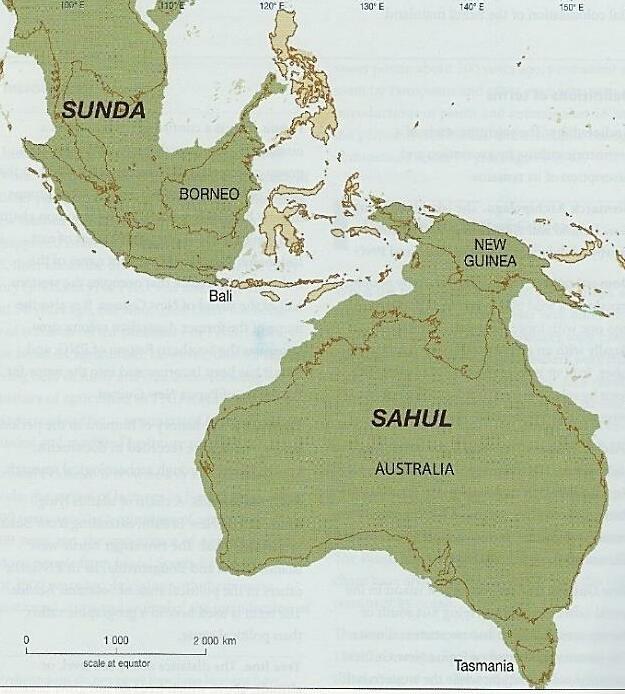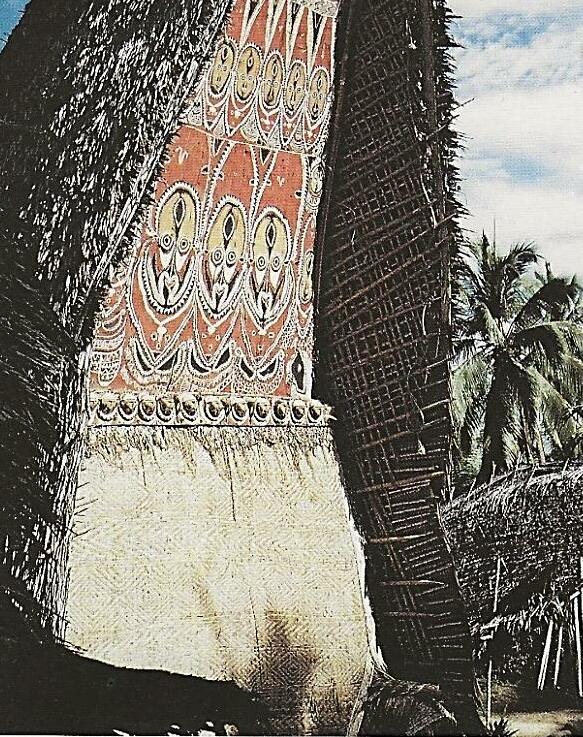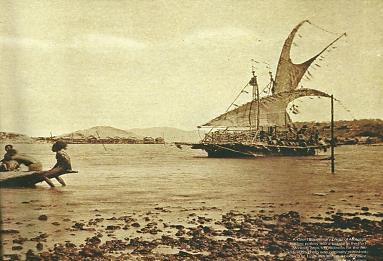
3 minute read
EARLY MAN
from PNGAF MAG ISSUE #9J W3 of19th Nov 2022 PNG WOODS Phases of Industrial Development till 1975
by rbmccarthy
EARLY MAN
The first intervention5 into PNG’s Forest sector was early Man who was a hunter and food gatherer. Archaeological evidence indicates that humans arrived on New Guinea perhaps 60,000 years ago. They probably came from Southeast Asia during an Ice Age period when the sea was lower and distances between the islands shorter. Although the first arrivals were hunters and gatherers, early evidence shows that people managed the forest environment to provide food. There are also indications of Neolithic gardening having been practiced at Kuk while agriculture was developing in Mesopotamia and Egypt. The Sunda and Sahul landmasses as about 50,000 to 60,000 years ago when people first came to Sahul6 .
Advertisement
The second intervention into PNG’s forested lands occurred some 5-10,000 years ago when new arrivals brought with them the knowledge of gardening and the plants to cultivate, most of which had their origin in the rainforests of Southeast Asia. They brought basic elements for a subsistence economy: plants like taro, yam, banana, and coconut as well as three domesticated animals – the pig, dog, and chicken. A few native plants suited to cultivation they found in PNG as sago palm, sugar cane, certain types of bananas and breadfruit. Establishing their subsistence economy, the people settled along coastal strips, on densely wooded islands, on jungle clad ranges and in the great rainforests of the hinterland. Living in such isolation from one another, they developed distinct customs, traditions and over 700 languages and dialects. For unknown centuries, these early inhabitants split in groups and clans and living in remote hamlets and villages, were completely lost to the rest of the World. Yet, varied as they were in tribes, clans, customs, and languages, they shared in one common invaluable friend – the natural forest of the land. Despite the centuries of subsistence gardening, over 70 % of PNG’s land mass is still covered by forest. For thousands of years, these people as the sole inhabitants of PNG, found that the forests of PNG made a vital contribution to their lives and livelihood. To the hunter, the forests meant birds and animals for food and personal adornment fur, and plumage more brilliant than the rest of the world had seen. In the forest clearings people made gardens. From the forest wood, people shaped their primitive garden implements, carved their spears, bows and arrows, their clubs and other weapons for hunting and war. The forests gave them fuel, bark, and fibre for clothing. It provided timber for shelter and thatching for roofs. The forests gave them their
5 PNGAF Mag #1 of 1st oct 2020 6 Bourke RM and Harwood T Food and Agriculture in Papua New Guinea. ANU Press 2009

sole means of transport i.e., the canoe log. The people whose technologies included bone, wood, and stone tools, had a productive agricultural system. From the smallest yam storage house to the great Haus Tambaran 30 metre long and 15 metres high, their skills were practical and often highly developed.
Belam cult house (Haus Tambaran) of the Maprik Region7 .
Haus Tambaran or
spirit house. 8 .

Coastal dwellers looked to the forests for materials to fashion their canoes, fishing nets and traps, for the fibre to bind their great multiple log sea craft and even caulking for their craft came from the fruit of a jungle tree. In the whole of the land, the canoe log was the basis of their sole means of transport, for these people used neither wheel nor beast of burden. They traded along the coast (mainly in pottery, shell ornaments and foodstuffs) and in the interior (exchanging forest products for shells and other sea products.)
Photo taken in 1887 of large Lakatoi used for trade between Port Moresby and the Gulf of
Papua.

7 Photo credit Crawford House Press ISBN 1863330364. 8 Photo credit J K McCarthy Patrol into Yesterday 1963.










